Sandhill Preserve
Flat Island Preserve
McCarty Ranch Preserve
Maritime Hammock Preserve
Weedon Island Preserve
Weedon Island Preserve is a natural and cultural gem in St Petersburg on Tampa Bay. Comprised mostly of marine aquatic and coastal ecosystems, with a few upland exceptions. It is home to many native plants and animals, a rich cultural history, and an educational facility. The native peoples lived at this site for thousands of years. Much of the preserve contains mosquito ditches constructed in the 1950s. These ditches help connect sitting pools of water to larger bodies, allowing predatory fish to feed off mosquito larvae rather than use pesticides in the area. Currently, the Preserve preserves this land’s unique natural and diverse cultural heritages. This can be found in the Educational Center and the preserve. Today, Weedon Island Preserve is set aside as a 3,190-acre natural area managed by Pinellas County.
The largest estuarine preserve in Pinellas County is well known for its birding and fishing. The preserve provides over 4.5 miles of nature trails for hiking, 2 miles of boardwalks and paved trails that are ADA accessible, and the remaining 2.7 miles are natural trail loops. At the end of the Tower Trail sits the observation tower and at 45-foot-tall, it is the tallest of its kind in Pinellas County. You can see most of the preserve, Tampa, and St Petersburg if the conditions are right!
If you are tired of walking on land and want to spend time on the water, you are in luck! Weedon Island also includes a 4-mile, self-guided canoeing/kayaking loop called the South Paddling Trail. Meandering through mangrove tunnels and out to the bay. If you don’t have your own vessel, no worries; a company on site provides tours that take you through the maze of mangrove tunnels. Other activities include fishing from the pier, a boat launch at the end of the road, and picnicking at any designated picnic tables provided through the park and trails.
Don’t forget to check the Weedon Island Preserve Cultural and Natural History Center to learn about the natural history of the ancient native inhabitants of the area. Check the schedule of events because not only does Pinellas County sponsor events, UF/IFAS Extension agents also provide a wide variety of educational programs and events for the general public that are family-friendly and often free of charge. Monthly programs may include guided hikes, archaeology classes, speaker series, photography or birding meet-ups, and environmental sustainability workshops.
Amenities:
Educational Center
Wildlife Viewing
Lookout Tower
Information Kiosk
Guided Tours and Trails
Exhibits
Fishing Pier
Paddling Launch and Rentals
Parking Area
Restrooms
Interpretive Signage
Nature Trails, sand
Picnic Area
Seating Area, Pavilion
Bathrooms
Learning Center
Address: 1800 Weedon Drive Northeast, St. Petersburg, Florida 33702
For more information: http://www.weedonislandpreserve.org/
Photo Credit: Aymee Laurain
Author and Photo Credit: Bobby Putnam 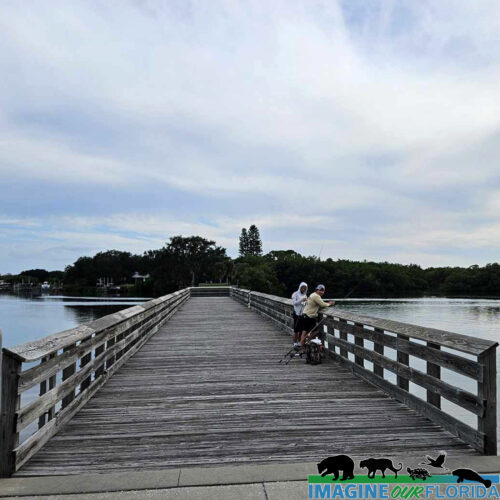
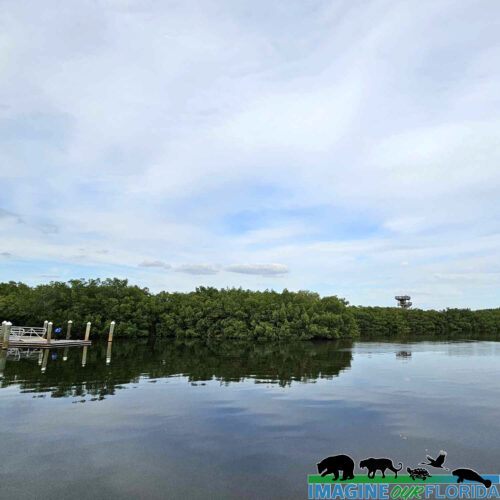
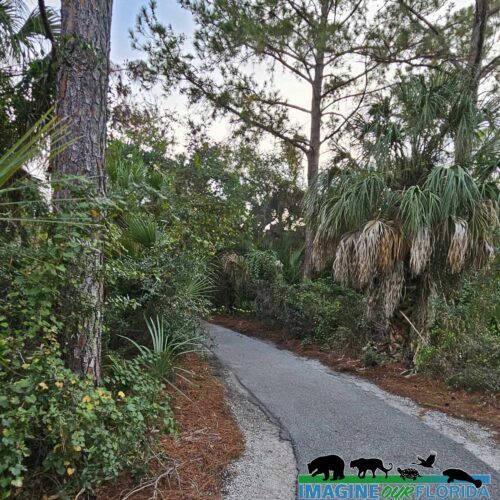
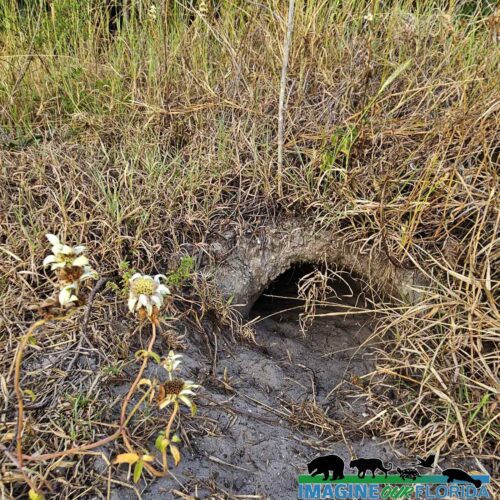
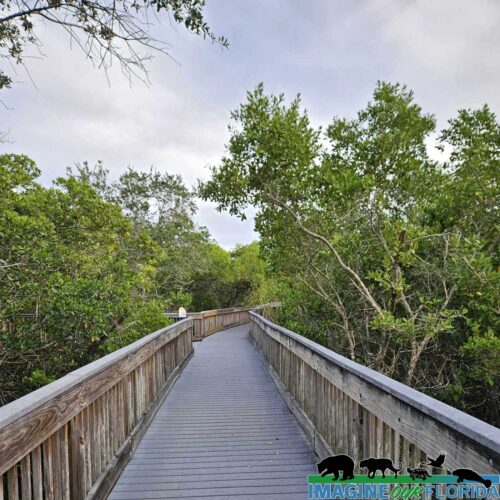
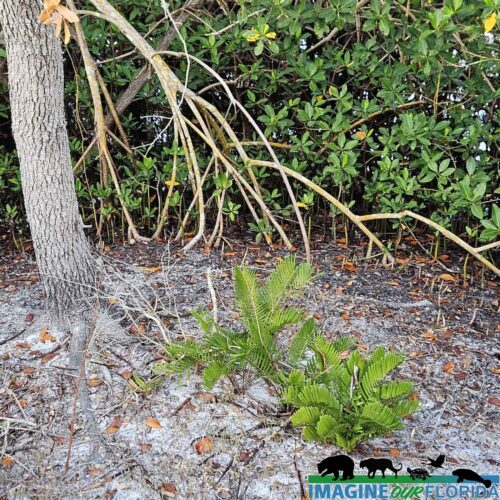
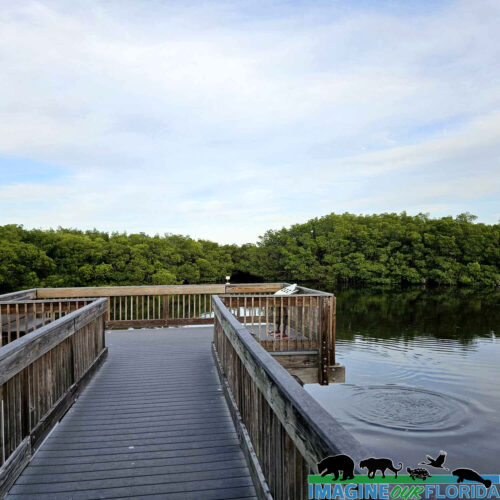
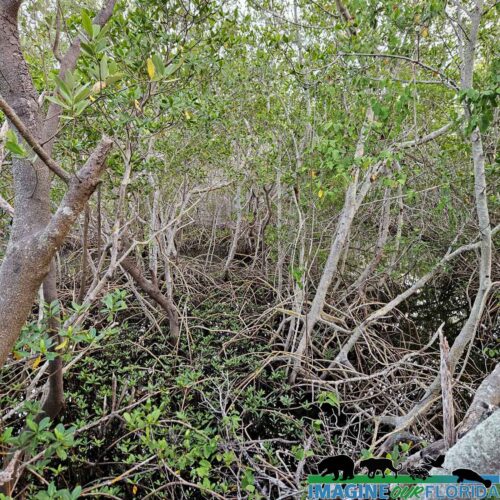
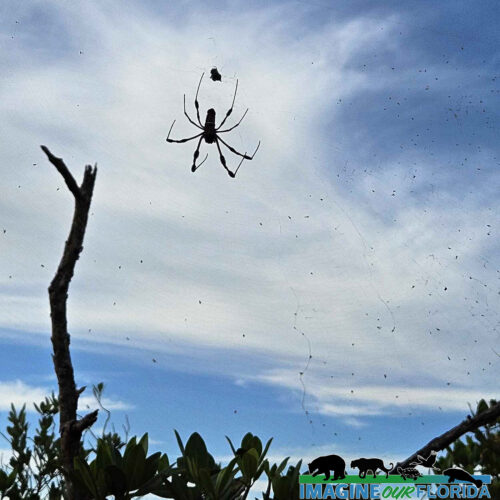
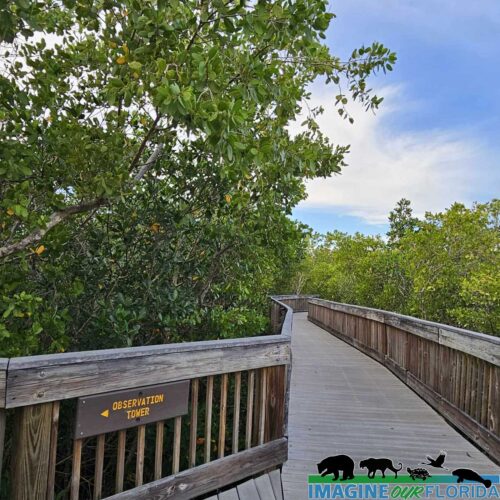
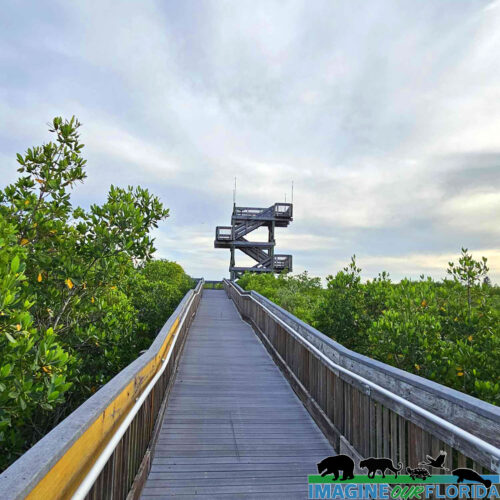
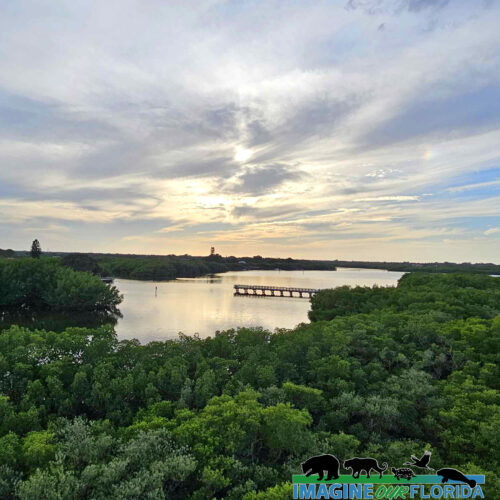
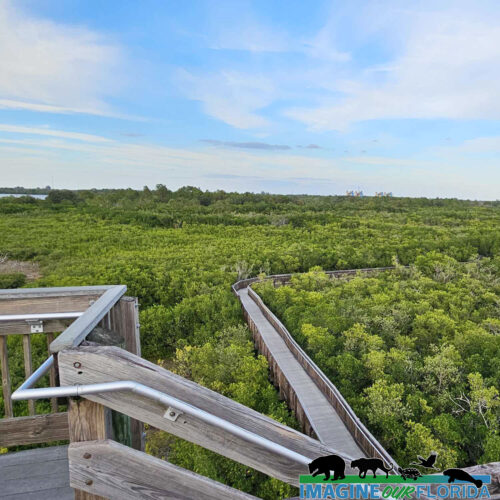
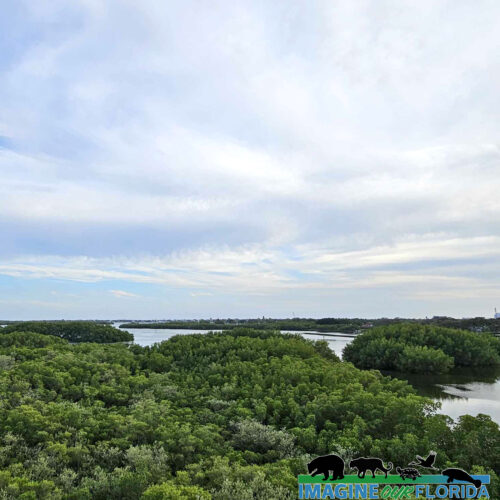
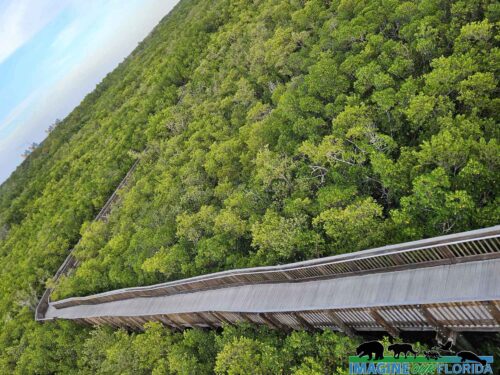
Old Miakka Preserve
Old Miakka Preserve
Named after a settlement in the 1840s, Old Miakka Preserve contains four miles of trails, including scrub habitat, pinewood flatwood, and wetlands. The preserve is abundant in flowering plants with numerous pollinators and occasional gopher tortoises. One of the trails is named after Horticulturalist Tim Cash, who spent years studying plants within the preserve. If you are looking for a calm trail with lots of sunshine and flowers, visit Old Miakka Preserve in Sarasota, FL.
For more information: https://www.scgov.net/Home/Components/FacilityDirectory/FacilityDirectory/547/4327?cftype=FacilityDirectory
Photo credit: Aymee Laurain
Spring Hammock Preserve
Once known as Devil’s bend, Spring Hammock Preserve is made up of several ecosystems including a hydric hammock, cypress dome, floodplain forest, mesic flatwoods, and scrubby flatwoods. It is a wetland and watershed area that acts as a natural filtering system for Soldier’s Creek Drainage Basin which eventually drains into Lake Jesup.
Located in Seminole County, Old Bear Trail which is now known as County Road (CR) 427, runs through Spring Hammock Preserve. The preserve is accessible from County Road 419. The Senator, the world’s largest living cypress tree made its home here for over 3,500 years before being burnt down by a human.
On the hiking trails, you may encounter wildlife such as gopher tortoises and alligators. If you are lucky, you may even see an indigo snake who makes his home here. Bird viewing opportunities include migrating birds as well as wood storks, limpkins, snowy egrets, and bald eagles who share space at the preserve. Trees in the preserve include longleaf pine, loblolly pine, slash pine, scrub oak, sweetgum, and bald cypress. Be on the lookout for native plants such as the Florida willow, Okeechobee gourd, and cuplet fern.
Make a plan to get outside and explore natural Florida.
You will be surprised at what you will discover.
Photo credit: Andy Waldo

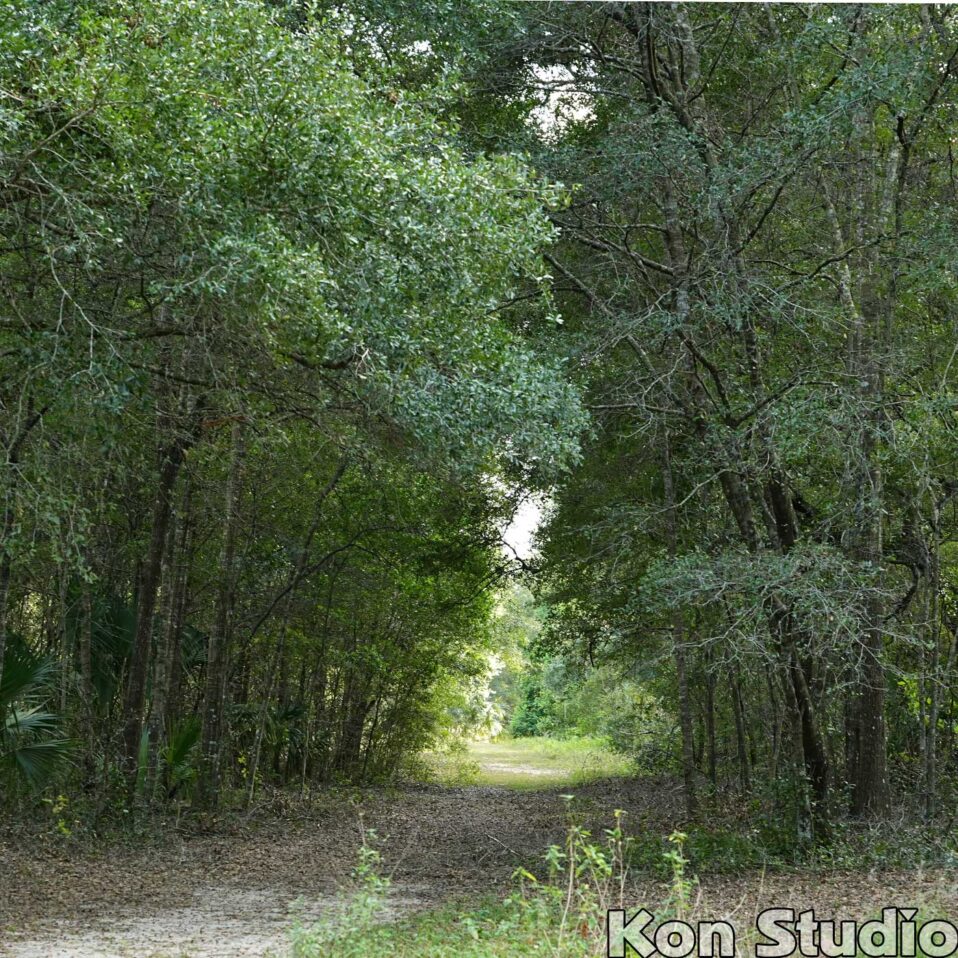
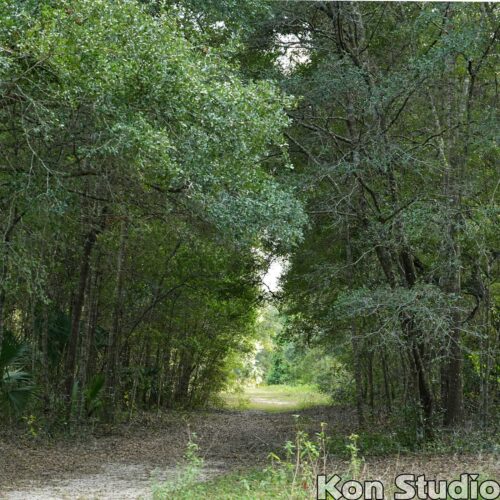
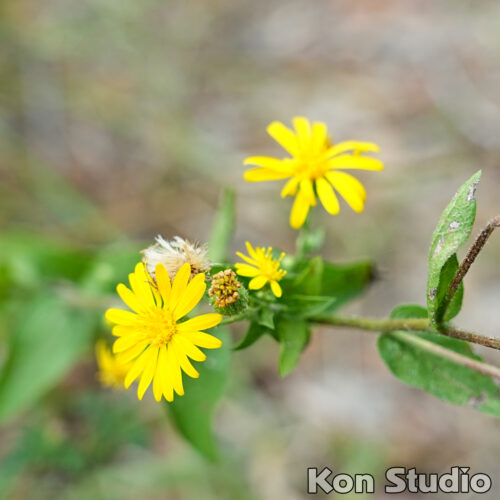
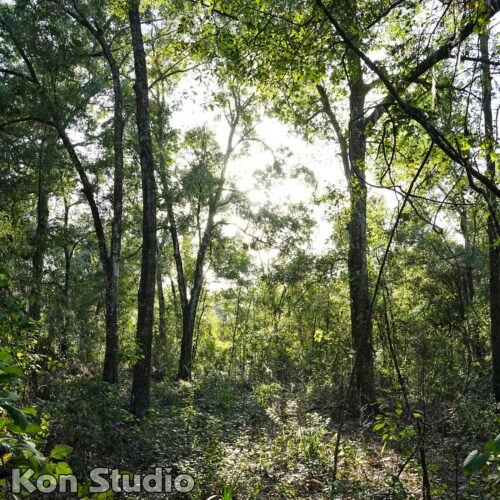
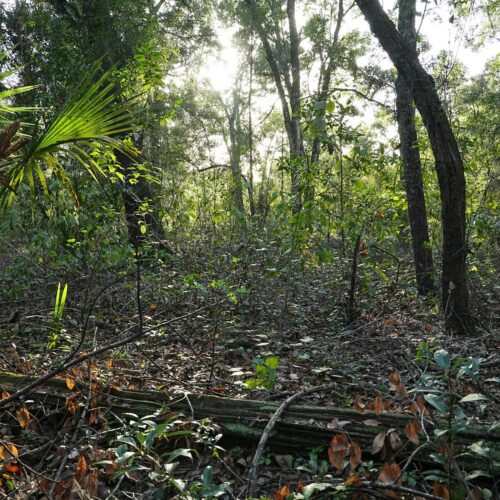
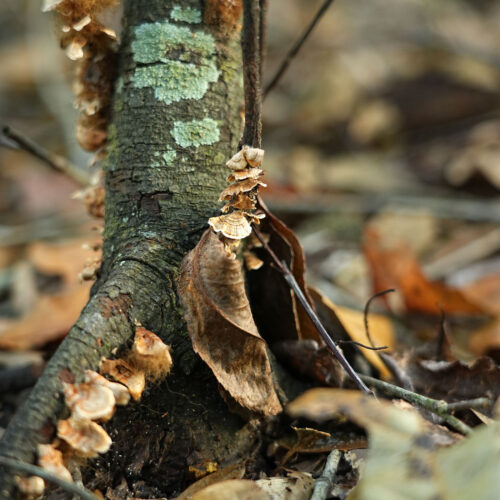

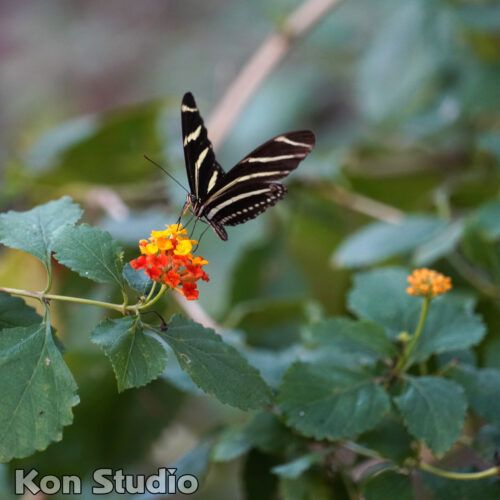
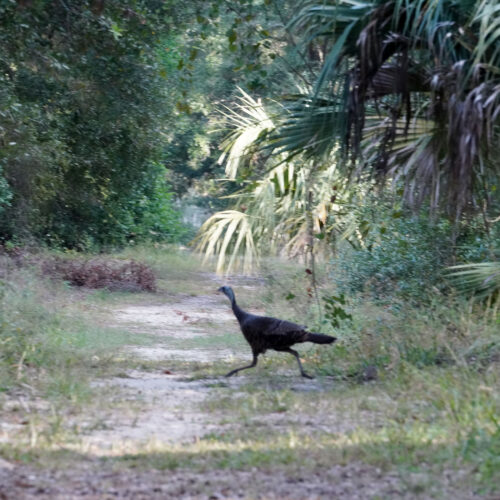
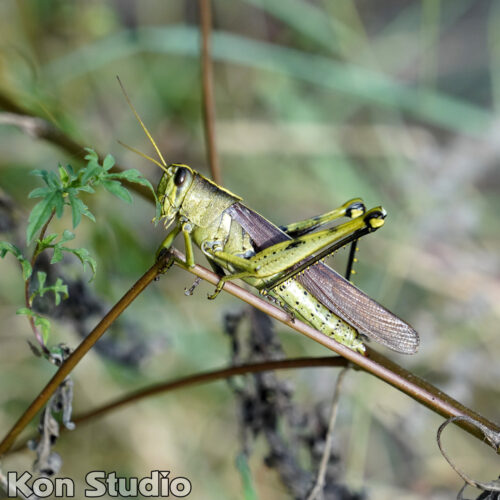
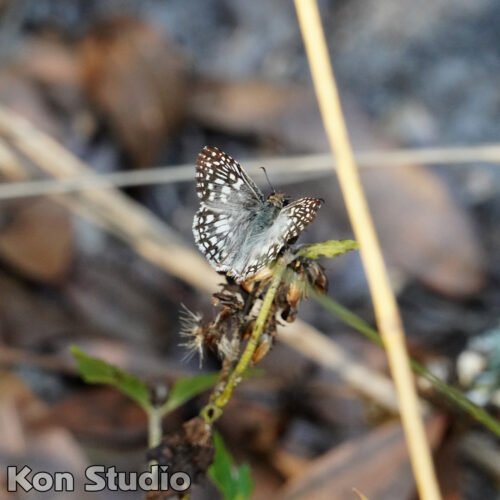
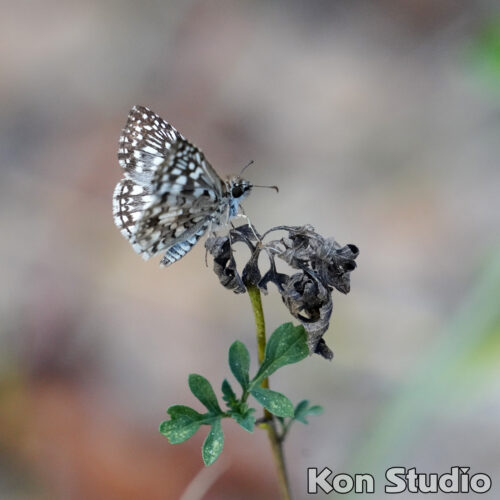

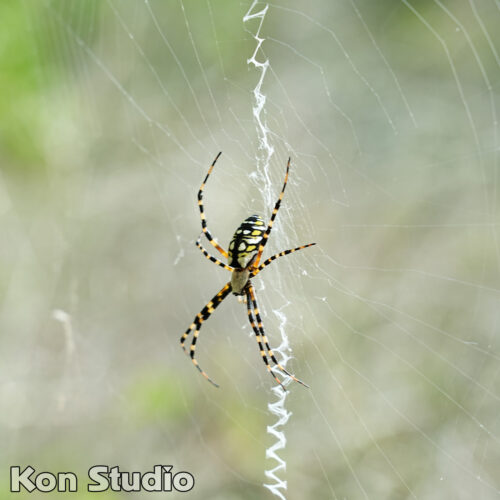
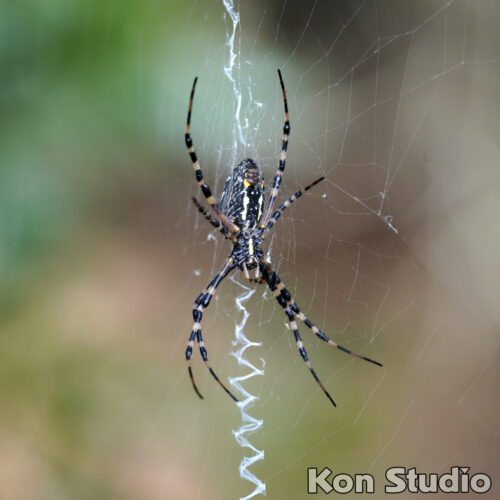
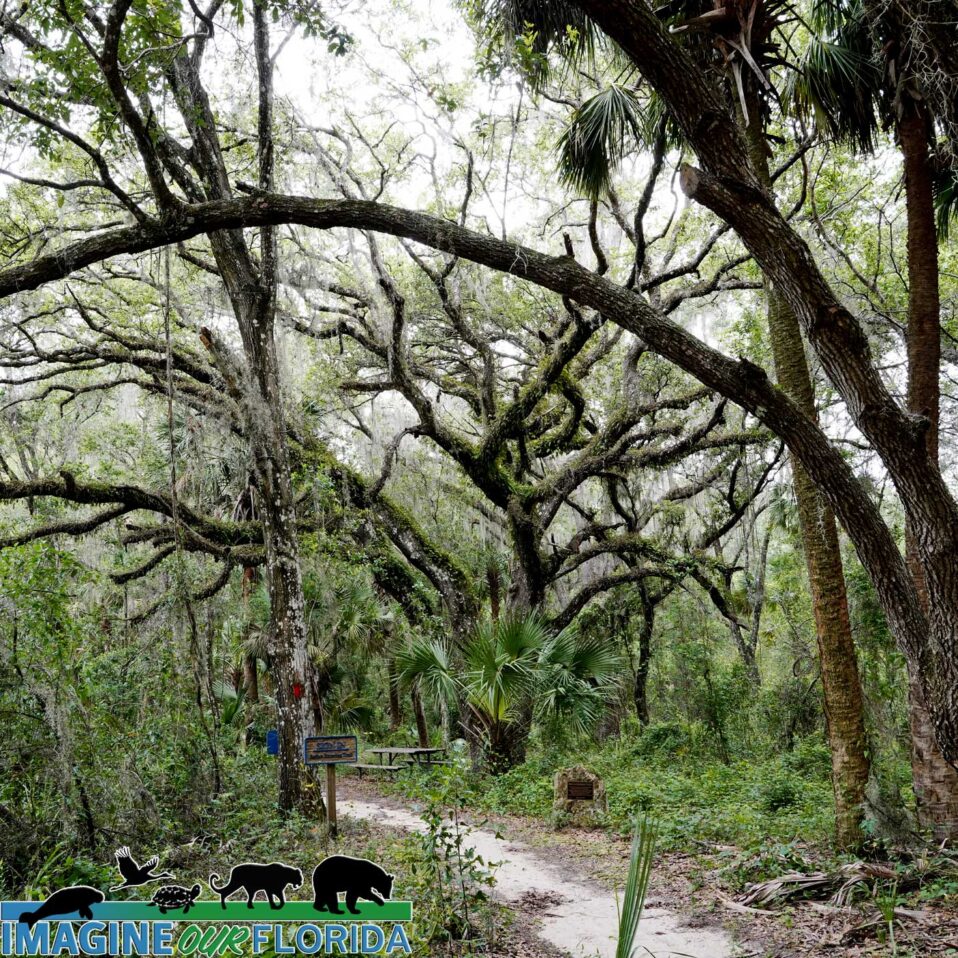
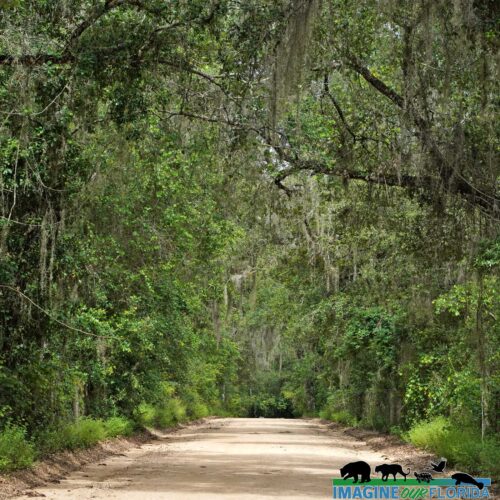
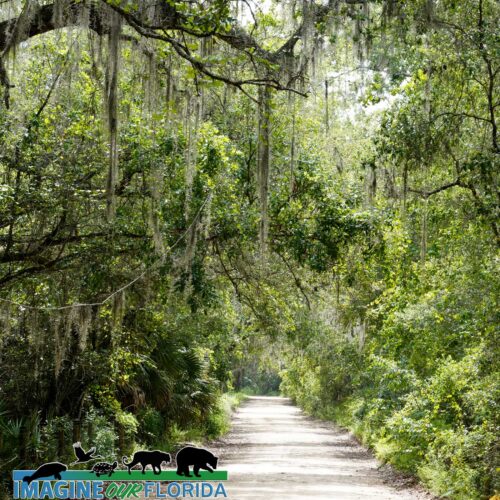
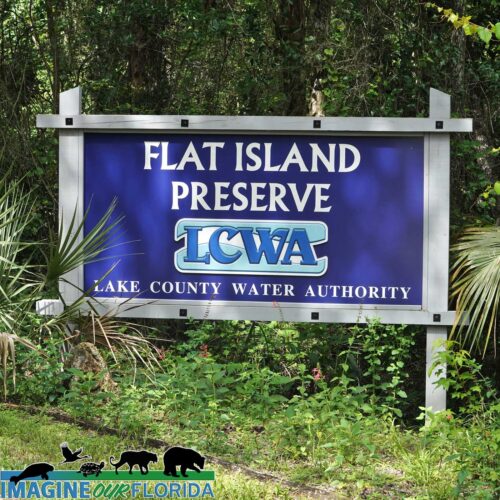
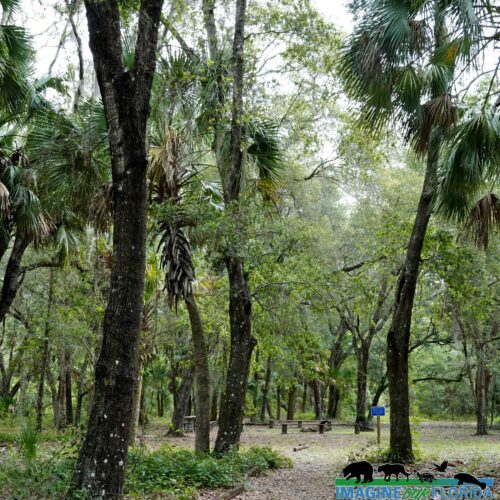
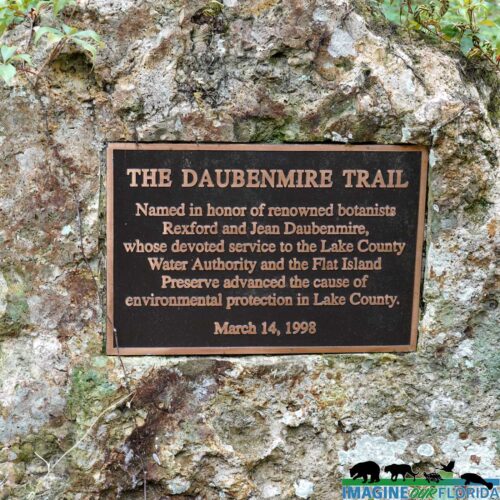
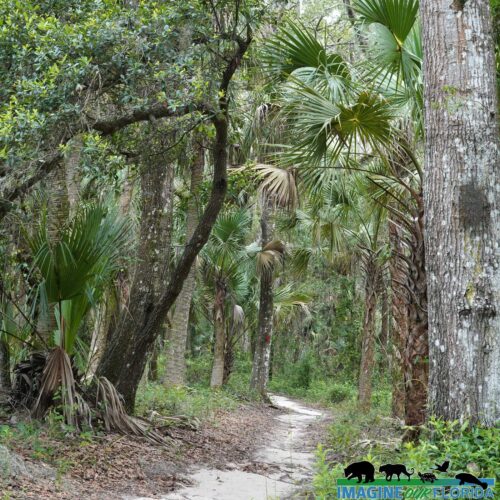
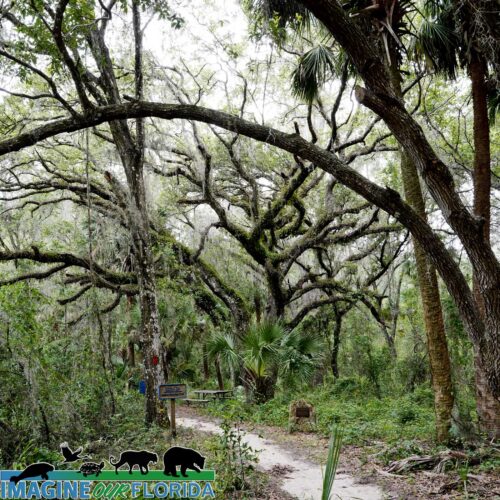
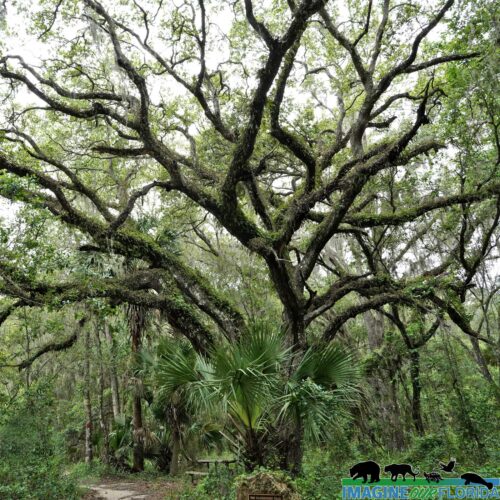
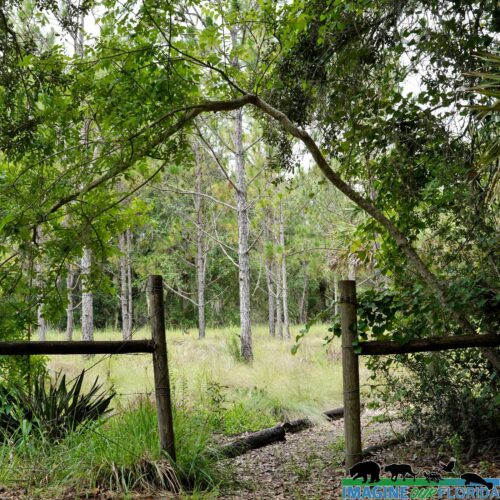
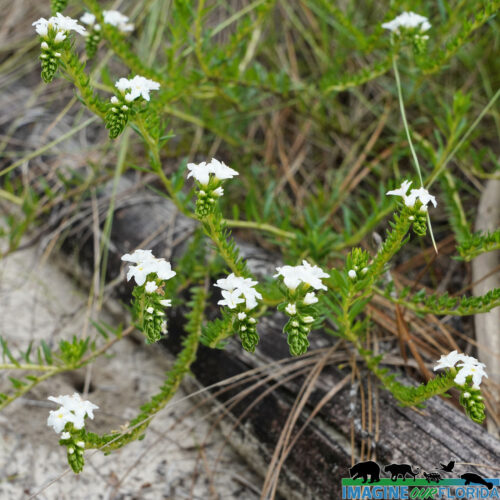
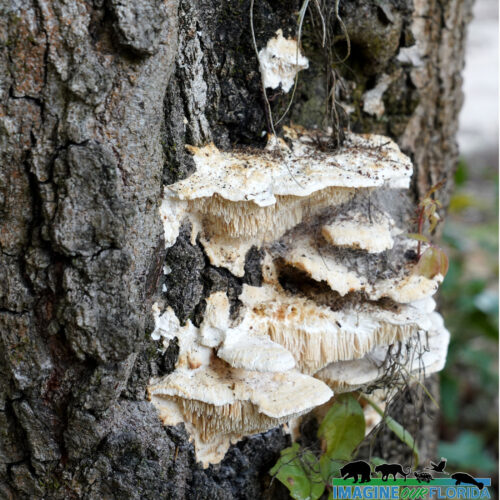
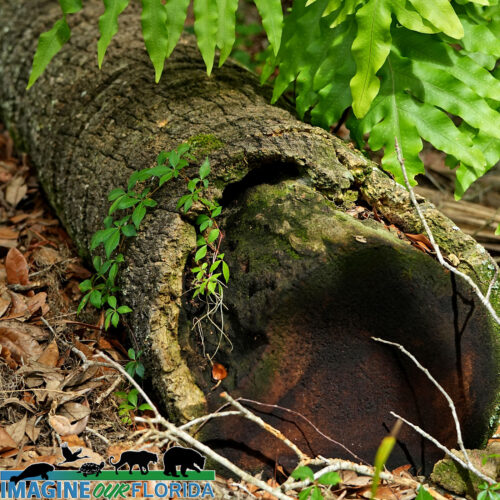
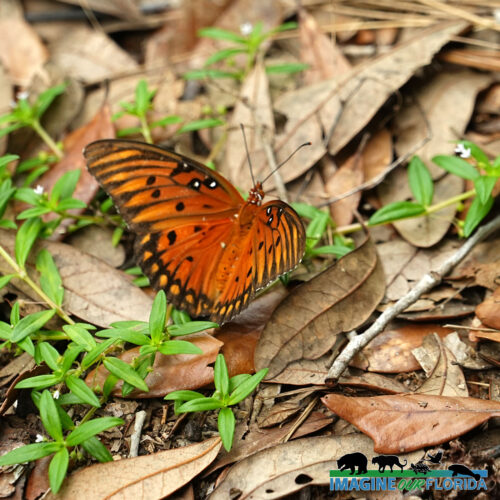
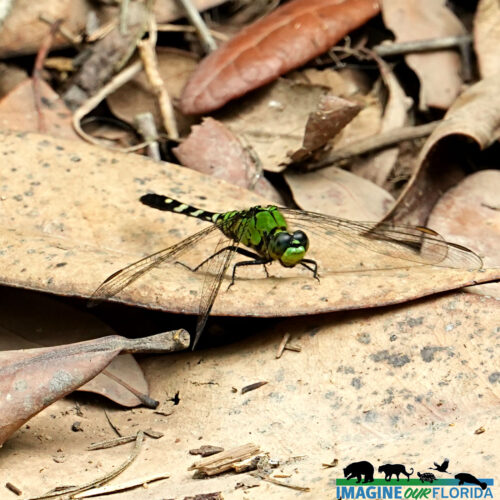
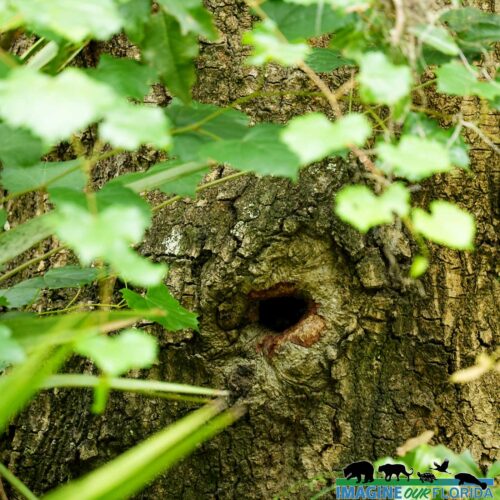
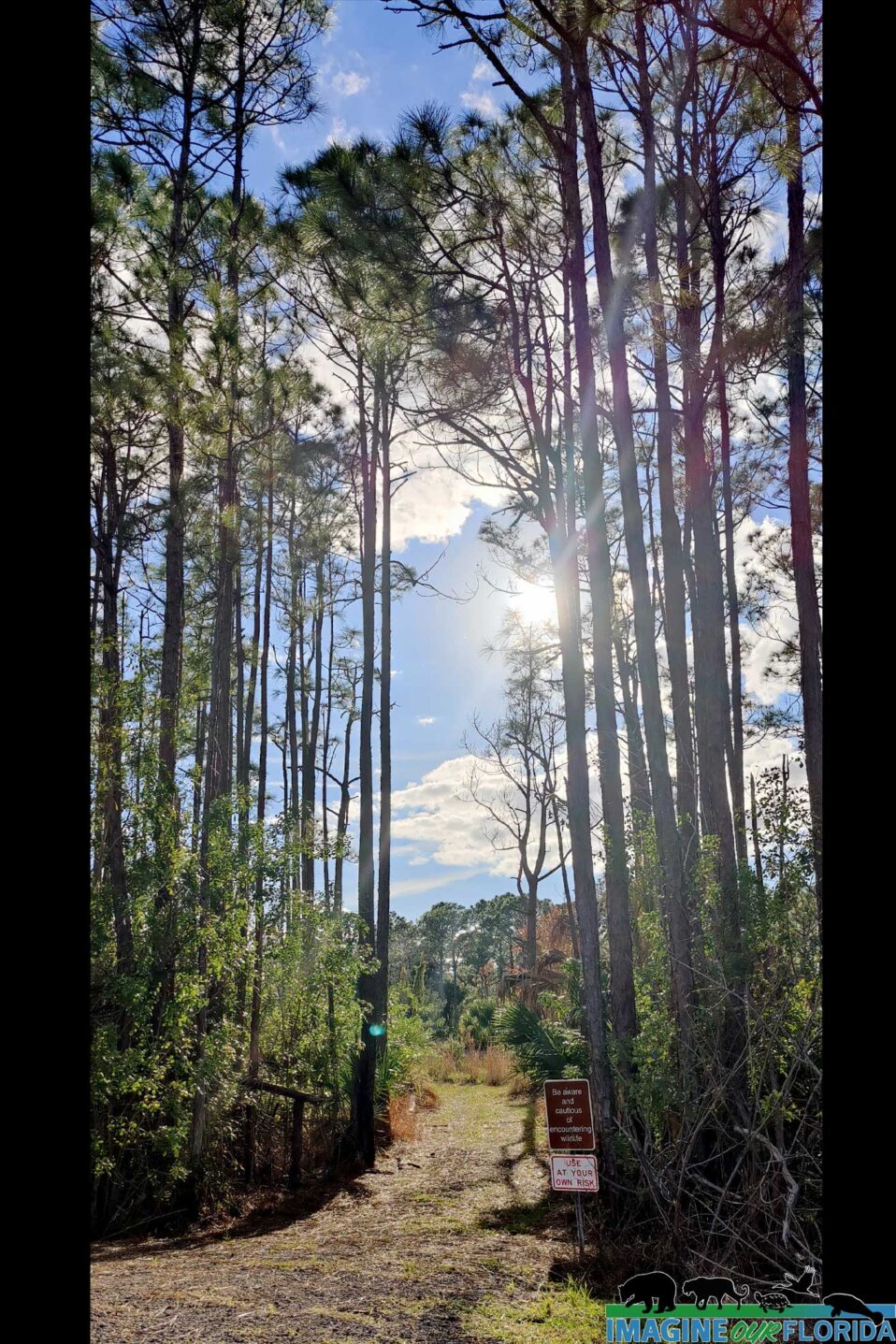
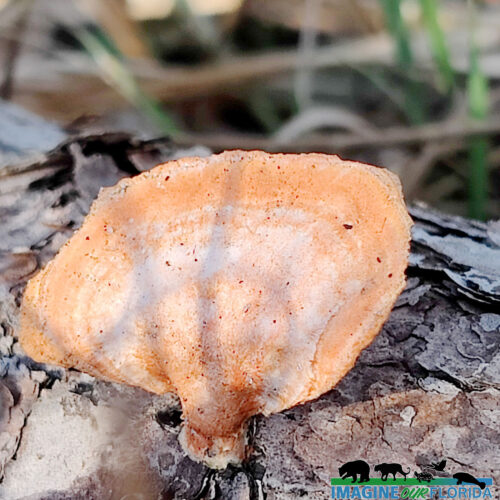
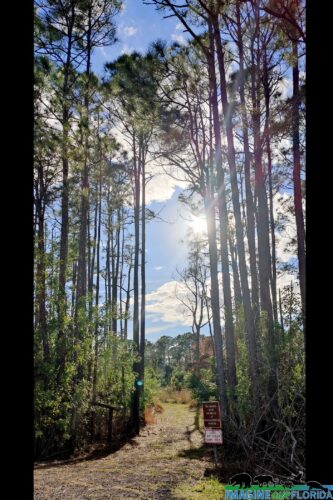
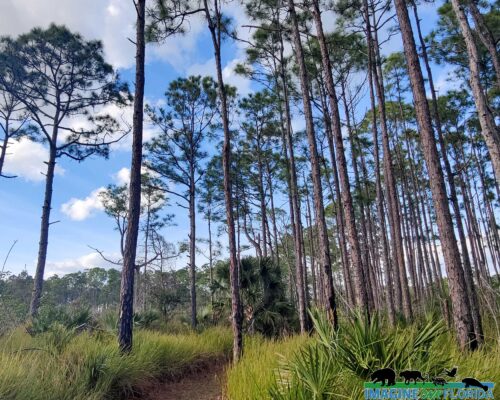
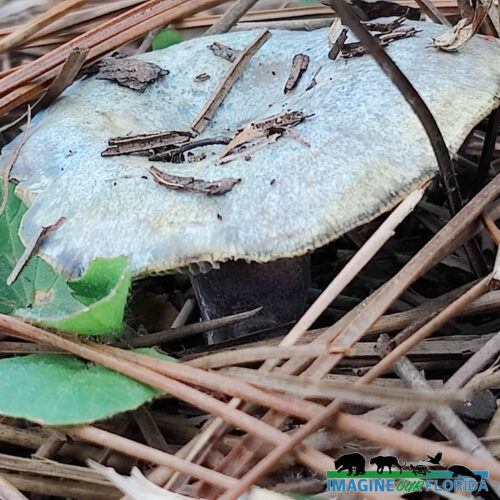
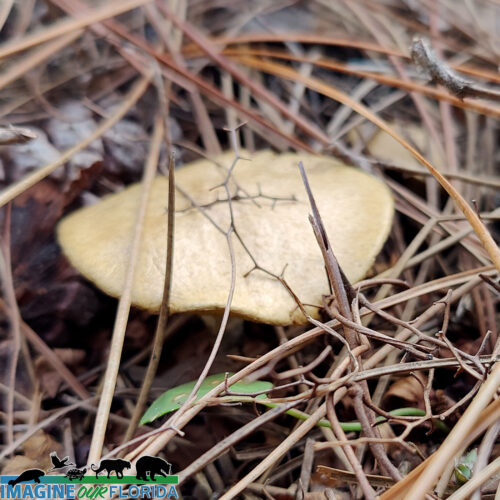
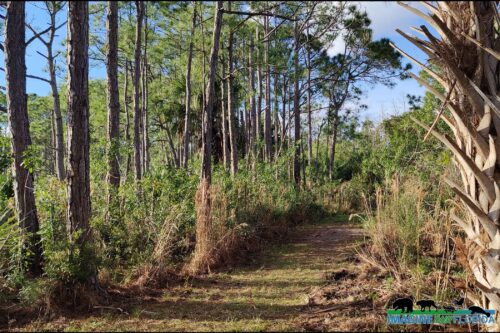
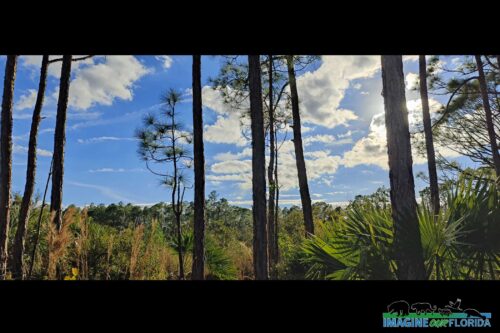
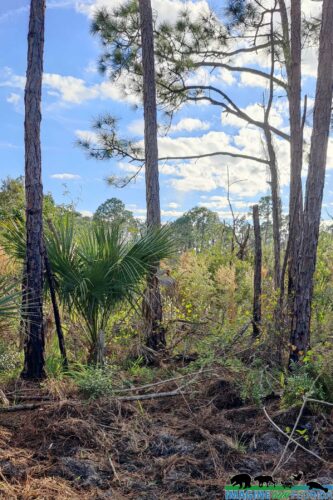
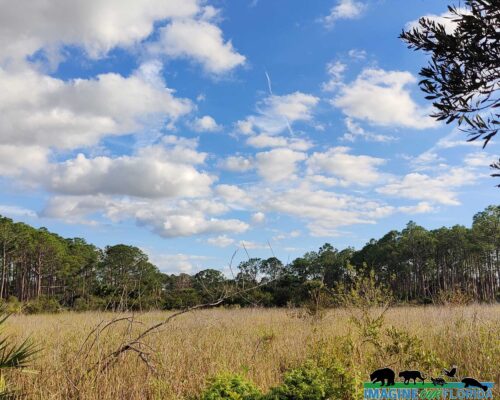
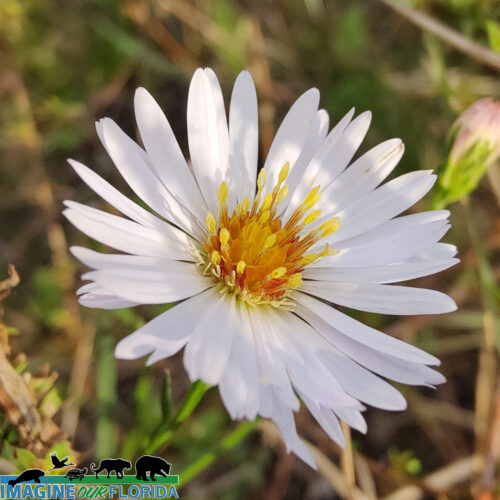
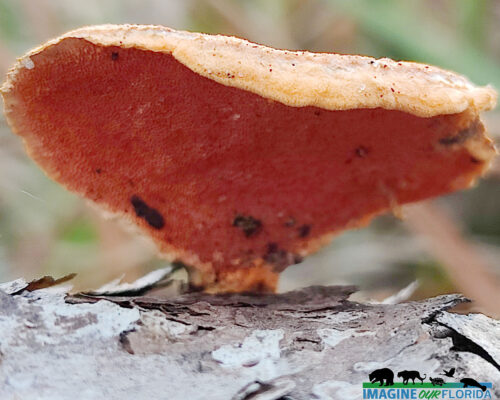
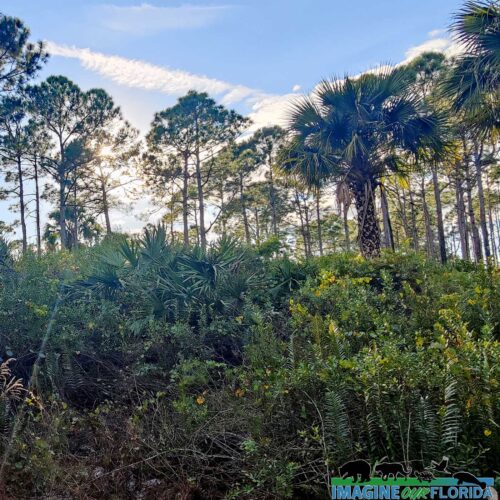
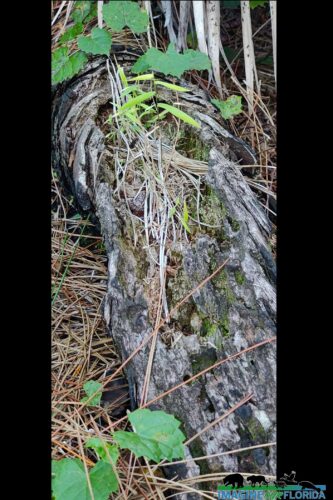
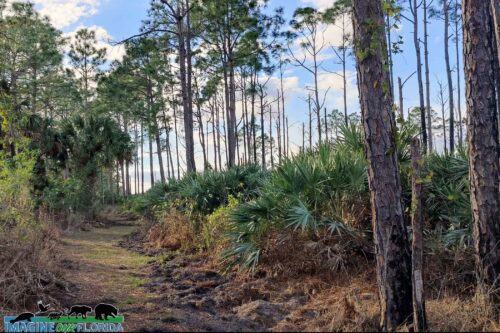
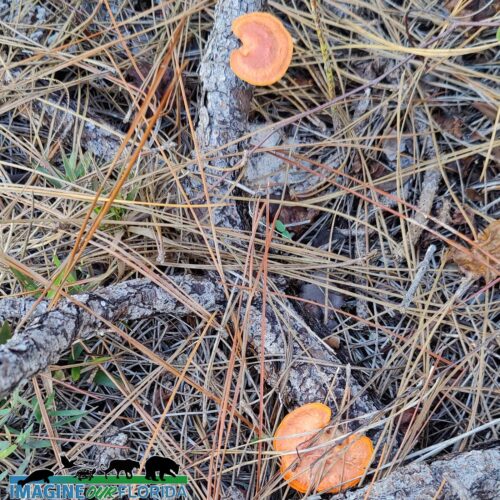
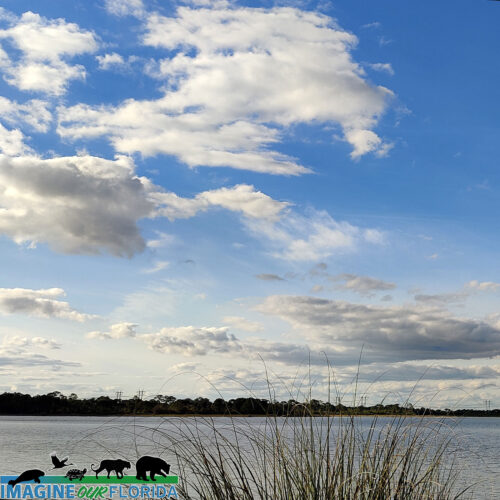
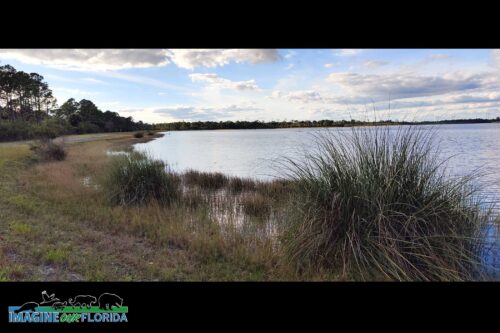
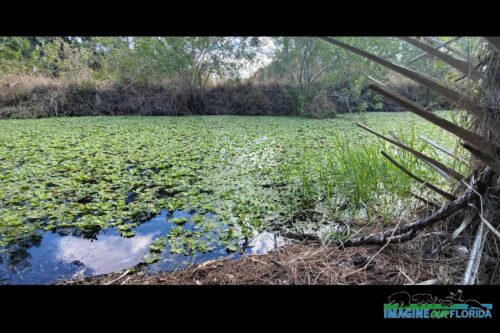
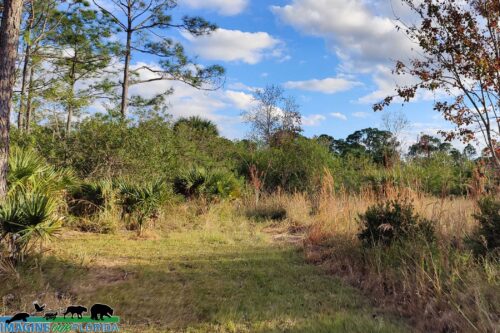
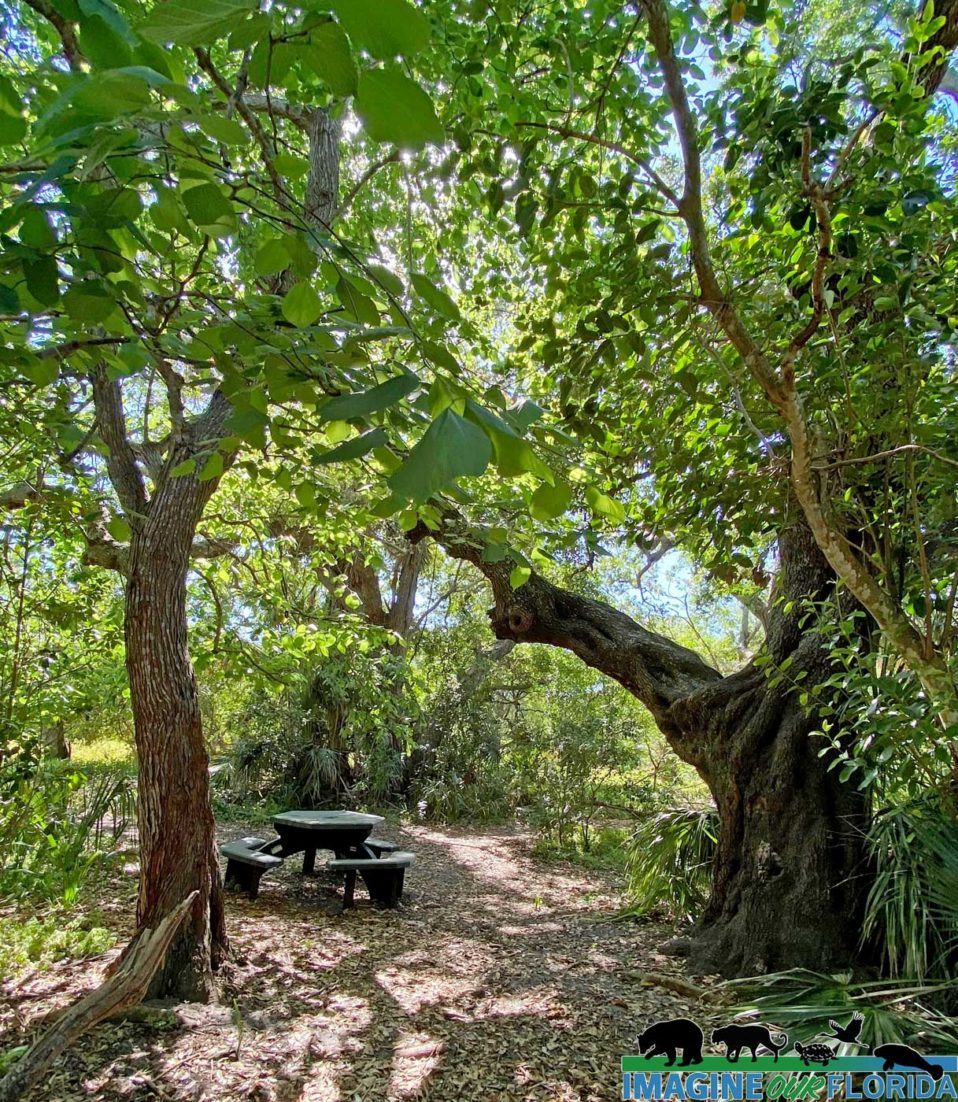
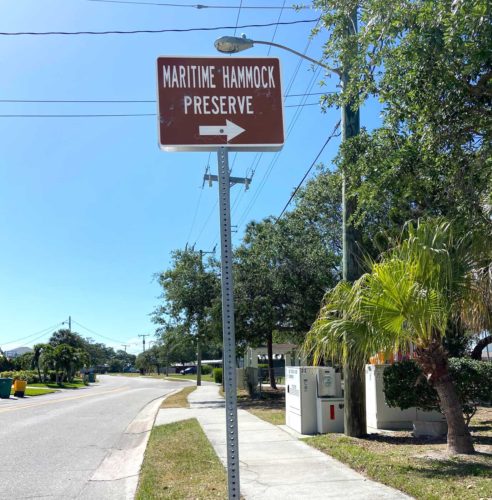
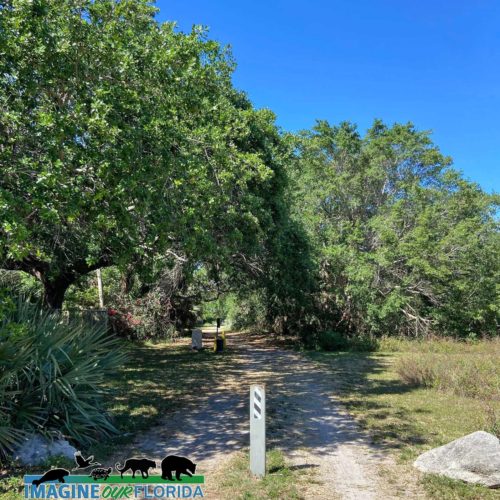
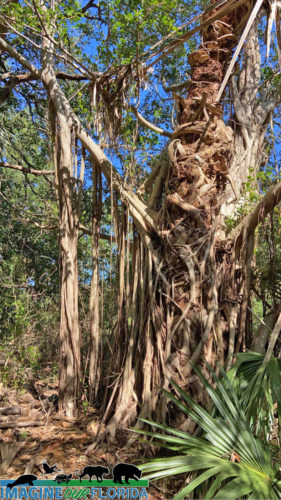
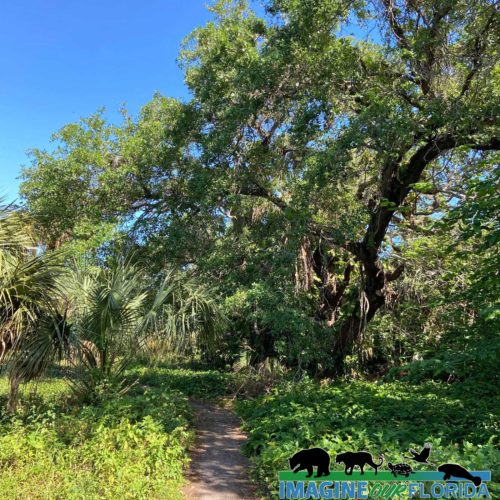
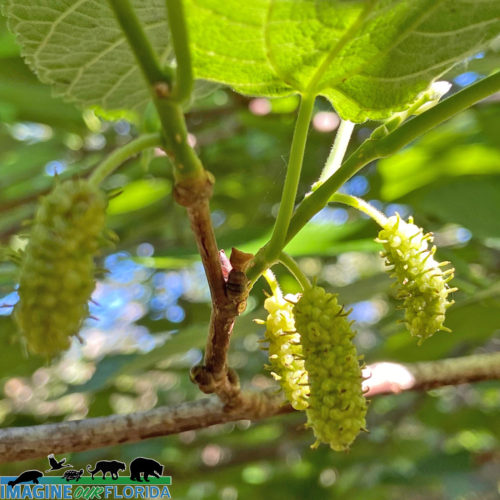
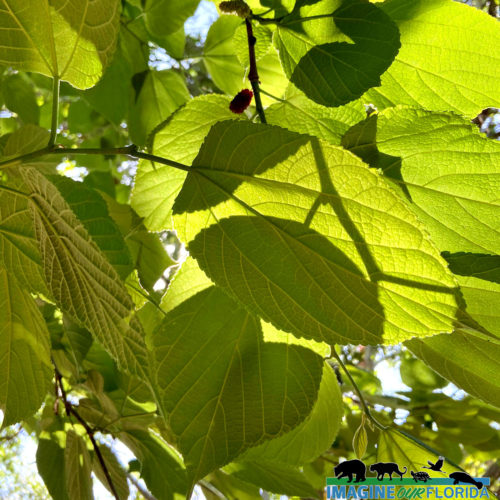
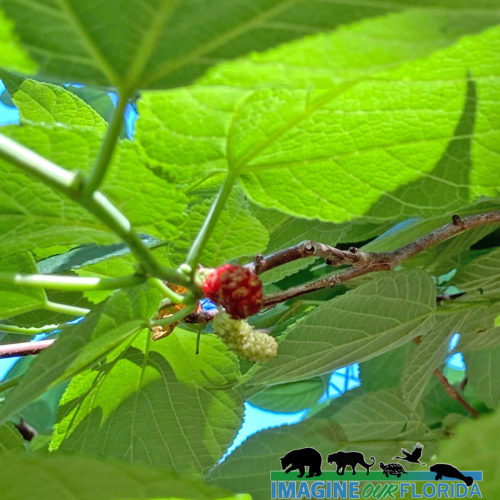
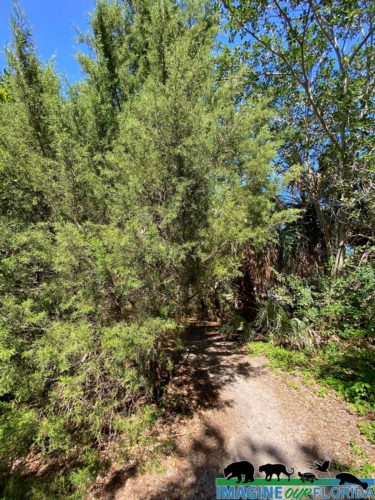
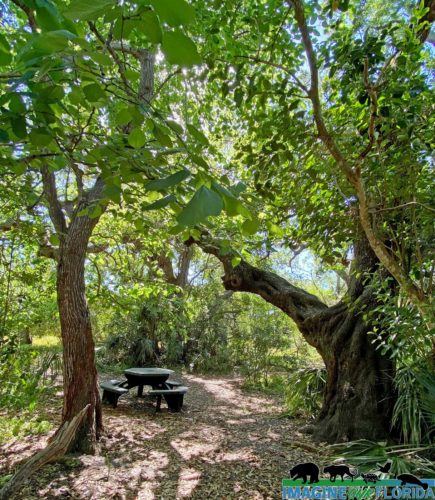
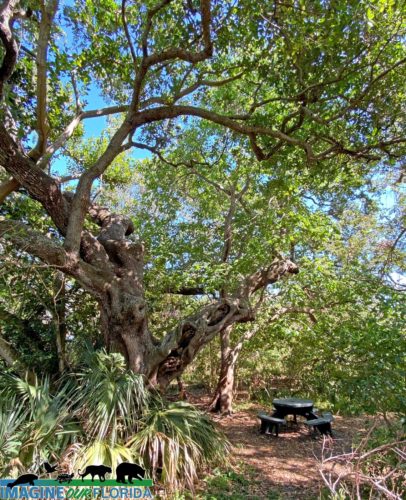
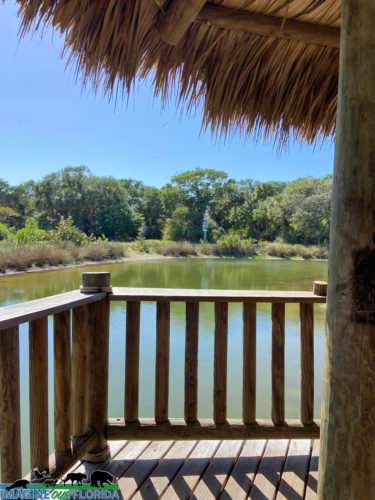
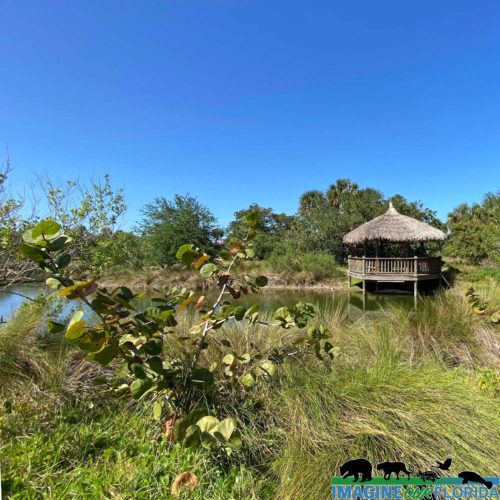
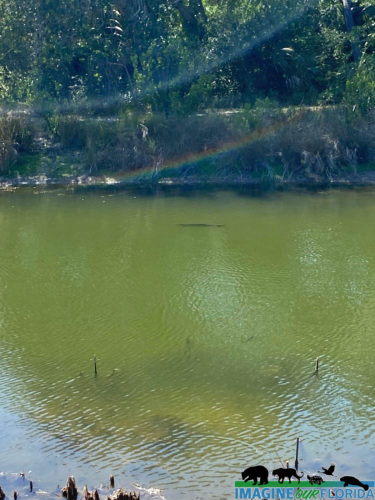
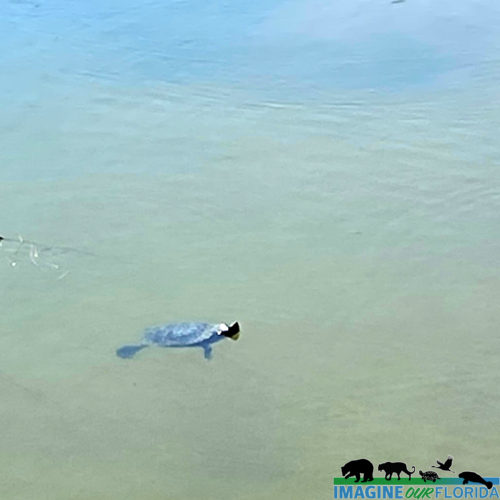
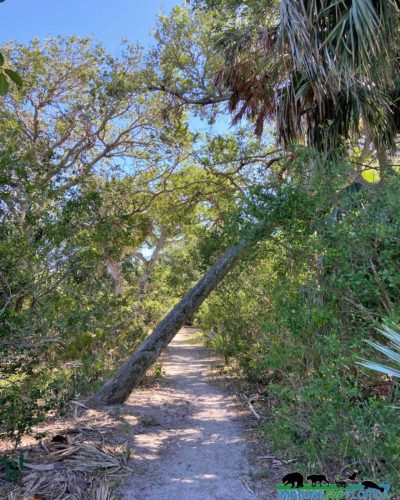
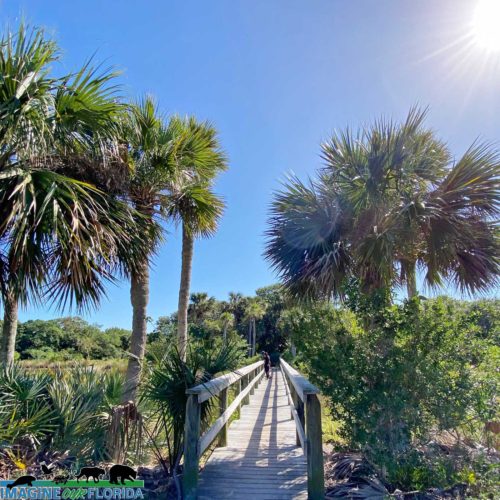
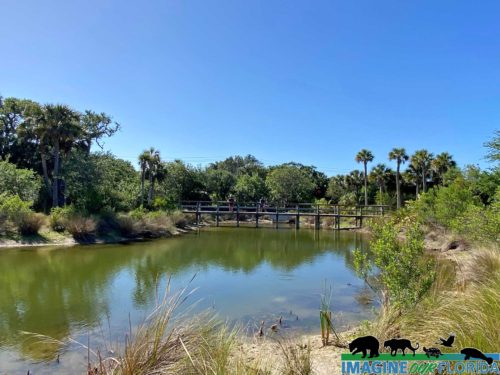
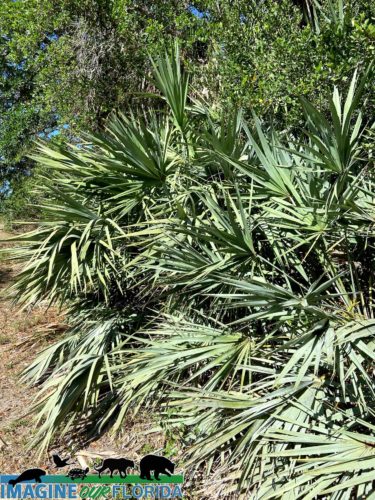
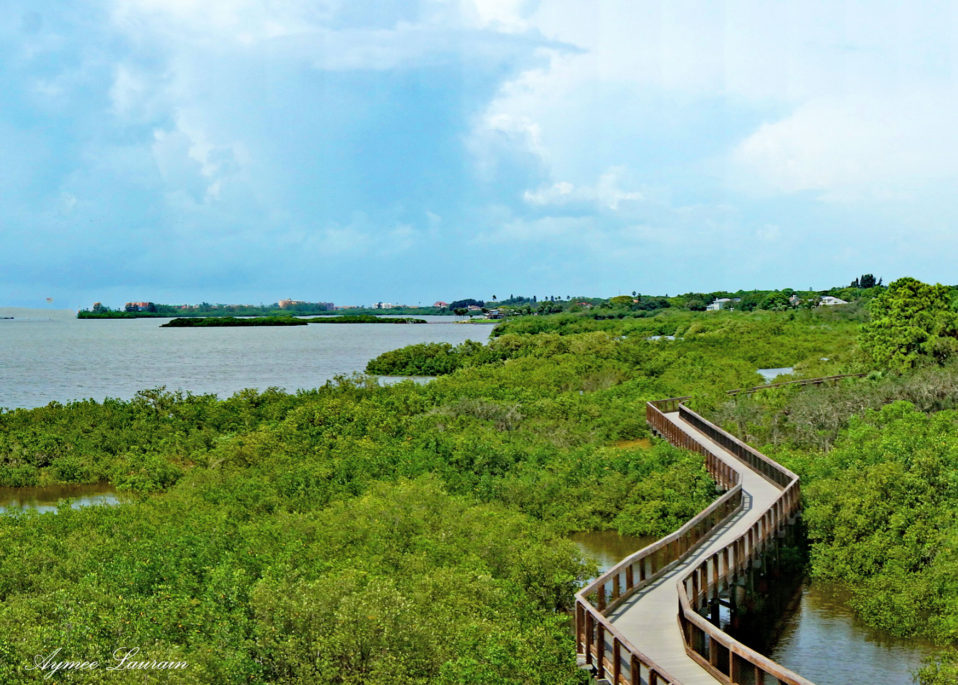
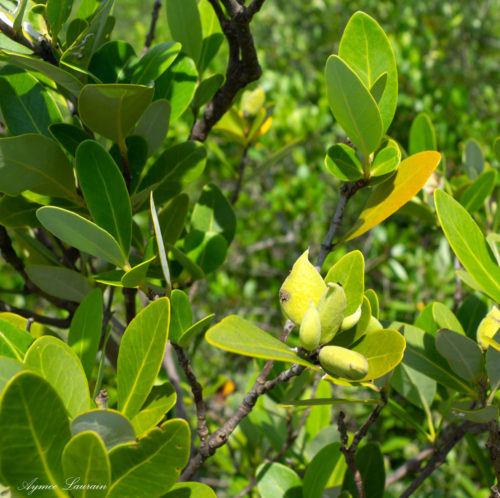
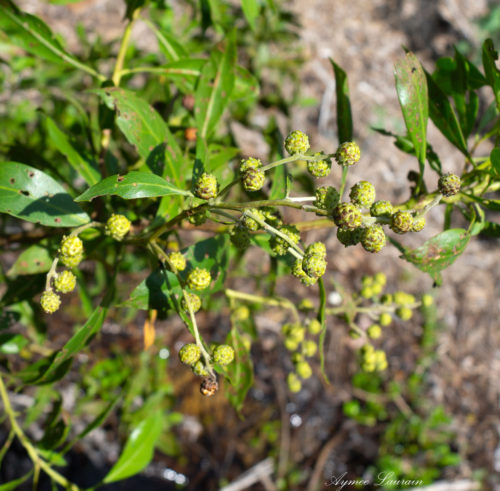
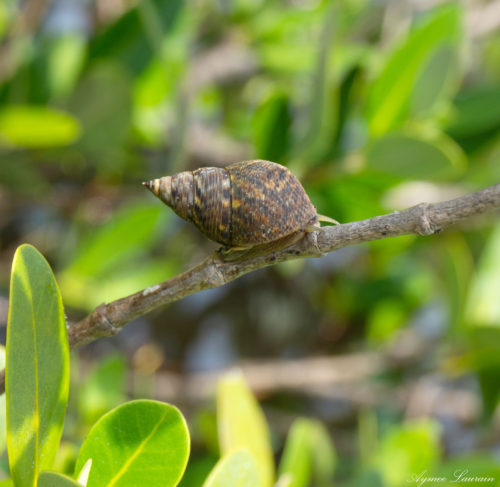
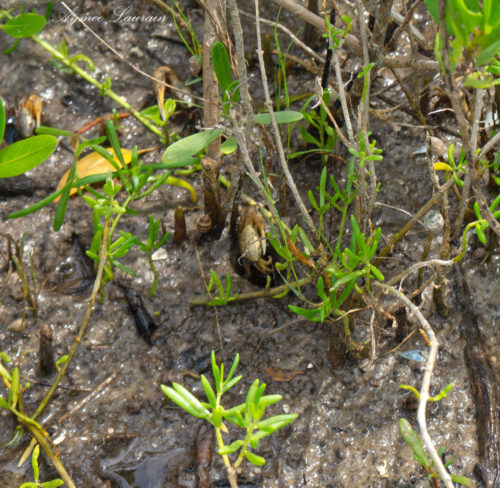
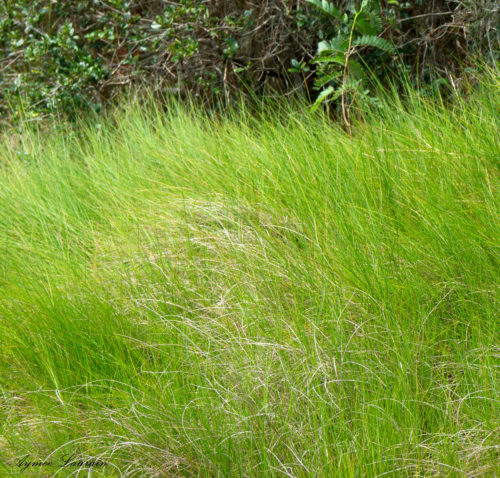
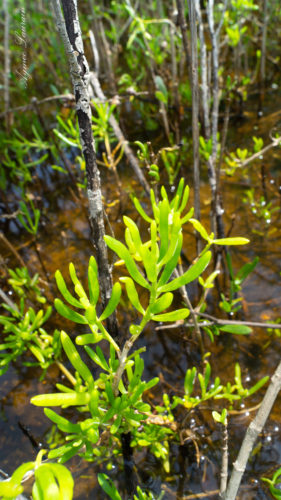
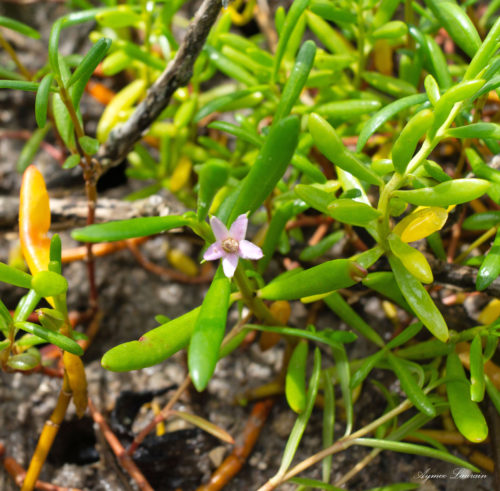
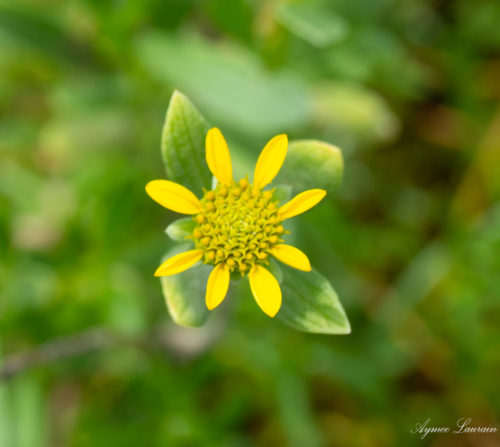
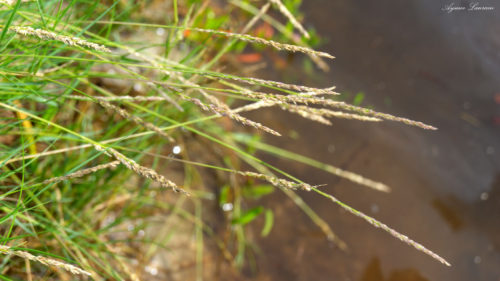
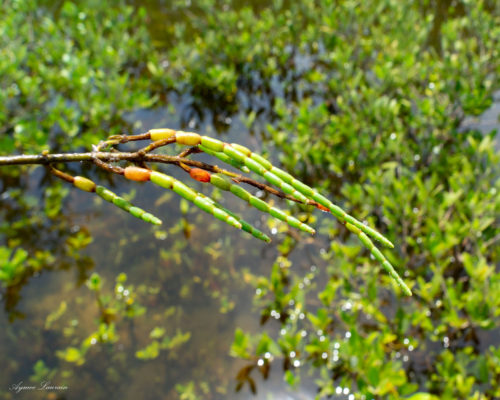
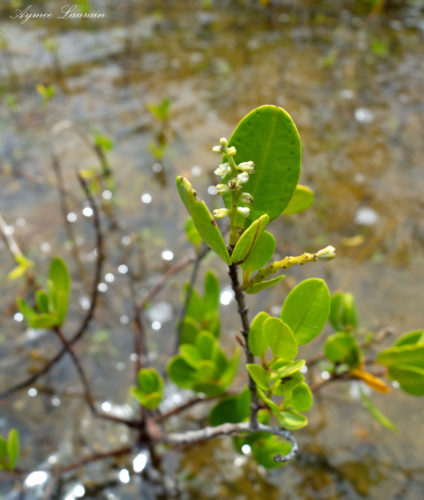
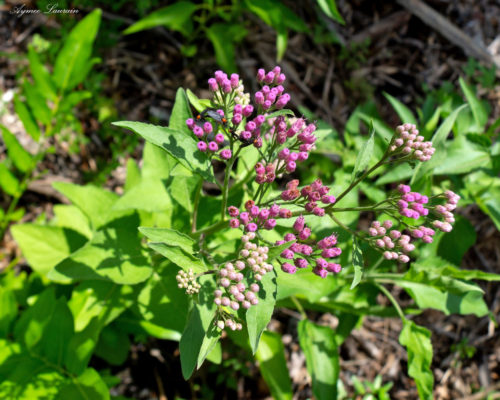
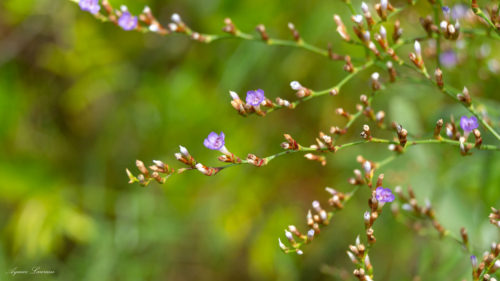
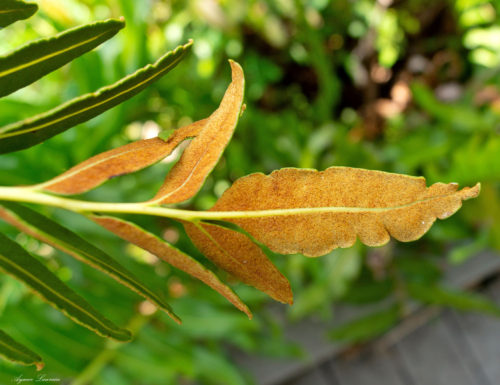
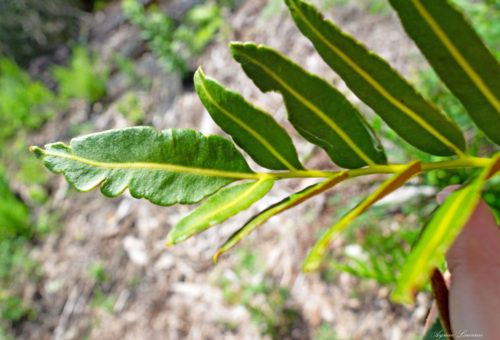
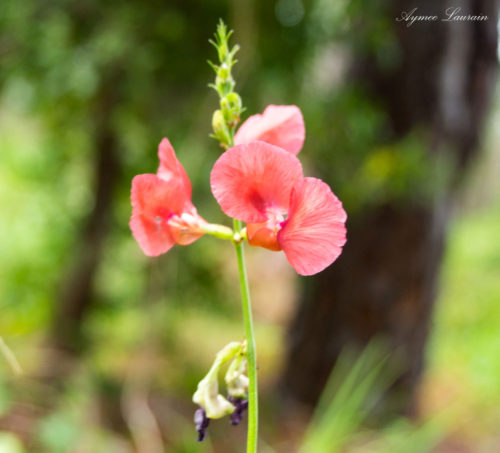
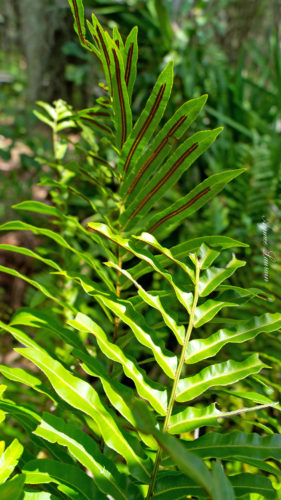
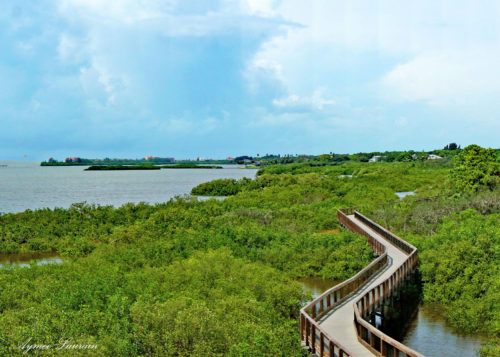
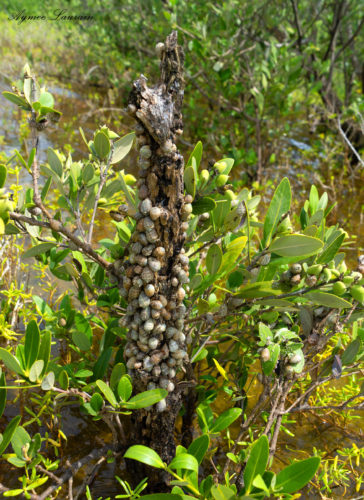
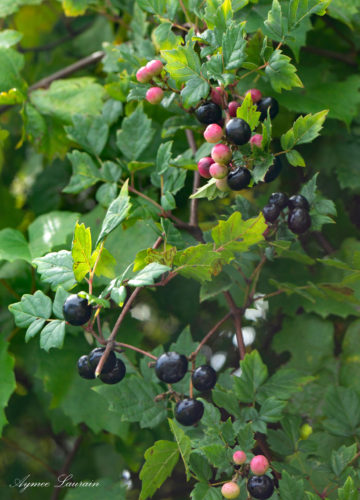
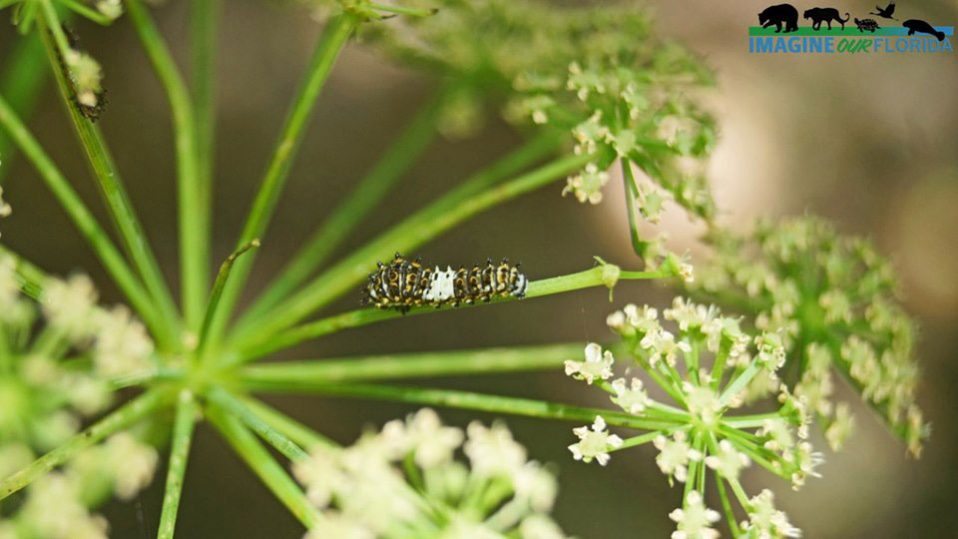






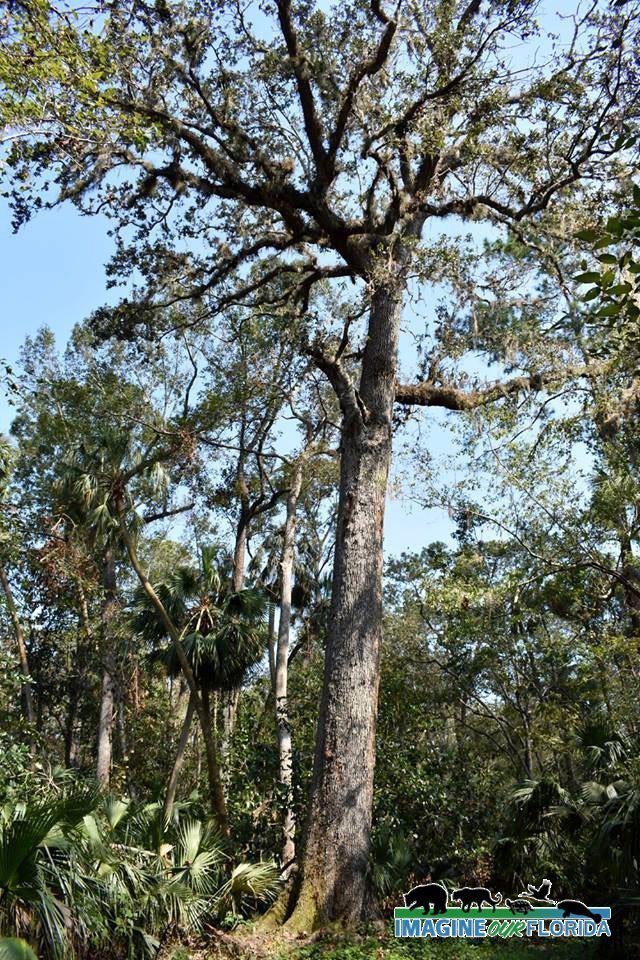





Recent Comments